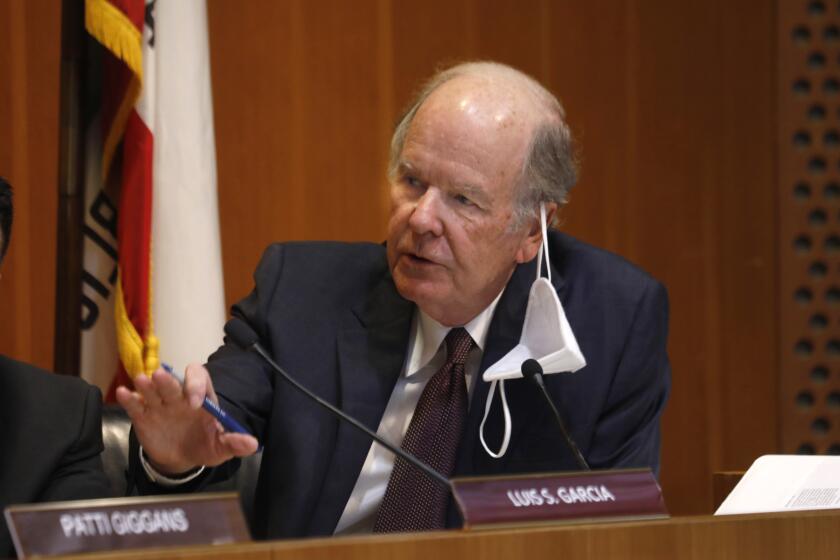Disposing of Hazardous Waste
- Share via
Last year, a “fair-share” approach to hazardous waste disposal was adopted by the Orange County Board of Supervisors when it joined the Southern California Hazardous Management Authority and embraced a regional strategy for handling toxic wastes.
The approach made sense. Toxic waste disposal sites in other areas are closing and federal law will ban the disposal of untreated toxic wastes after 1990. Orange County, the fifth largest producer of toxic wastes among the state’s 58 counties, generates more than 130 tons of hazardous waste each year.
But the county has no disposal facility of its own. So the board did the responsible thing and joined the counties of San Diego, Imperial, Riverside, San Bernardino and Santa Barbara, and the cities of Los Angeles and San Diego, in agreeing to develop collection, treatment and disposal facilities in their jurisdictions.
Under that approach, Orange County is obligated to develop at least three treatment or storage facilities. But now comes the difficult part--selling the approach to a community that for years has been unable to choose suitable sites for a county jail or a regional airport, let alone a toxic dump.
Last Thursday, the county launched a program to educate public officials, business leaders and residents about the county’s long-range waste treatment and disposal plans. A draft of the plan was given to the Orange County Chamber of Commerce. This week it goes to the county advisory commission on waste issues. Next month it goes to the Board of Supervisors for review. And in coming months there will be a series of public sessions to inform the public and solicit ideas, comment and support for possible waste treatment and storage sites.
Emphasis statewide is now on treating waste at the source before it goes to dump sites. This approach should render waste much safer for disposal and thus ease public concerns over the location of treatment and storage facilities. Orange County has an obligation to dispose of the hazardous waste it produces. When the Board of Supervisors joined the management authority, it accepted that responsibility. Now it’s time for the community to do so, too.
More to Read
Sign up for Essential California
The most important California stories and recommendations in your inbox every morning.
You may occasionally receive promotional content from the Los Angeles Times.













